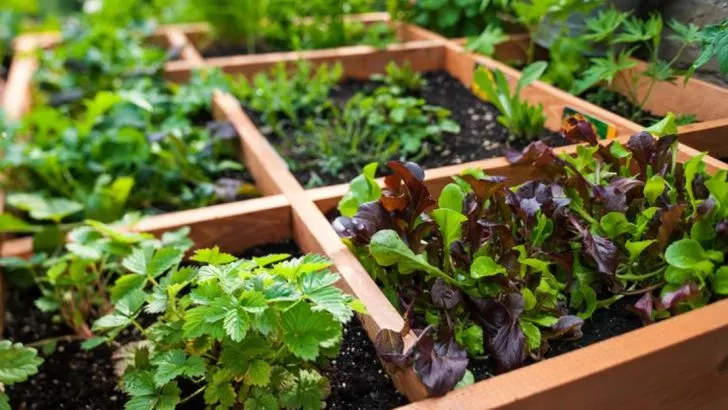Limited space doesn’t mean limited produce! Even in a small garden, it’s possible to grow an abundance of fruits, vegetables, and herbs. With the right strategies and a little creativity, you can maximize every inch of your garden to enjoy a bountiful harvest.
In this article, we’ll share 13 proven techniques that will help you grow more in less space. From vertical gardening to intensive planting, these tips will allow you to make the most of your compact garden, turning it into a productive powerhouse.
Whether you’re growing in containers, raised beds, or tiny plots, these strategies will help you optimize your space and increase your yield, giving you more food for less effort. Get ready to grow smarter, not harder, and watch your small garden flourish!
Vertical Gardening

Maximizing vertical space offers a clever solution to space constraints. Picture walls adorned with cascading greens or tiered planters filled with vibrant herbs. Vertical gardening is not just visually appealing, it boosts yield by stacking plants upward. Whether it’s trellises, wall-mounted planters, or hanging pots, this method allows for more plants without needing more ground area. The creativity here is endless. Imagine strawberries hanging within reach or tomatoes climbing elegantly up a rustic ladder. It’s a transformative approach, turning limited ground space into a lush, productive garden up in the air.
Companion Planting
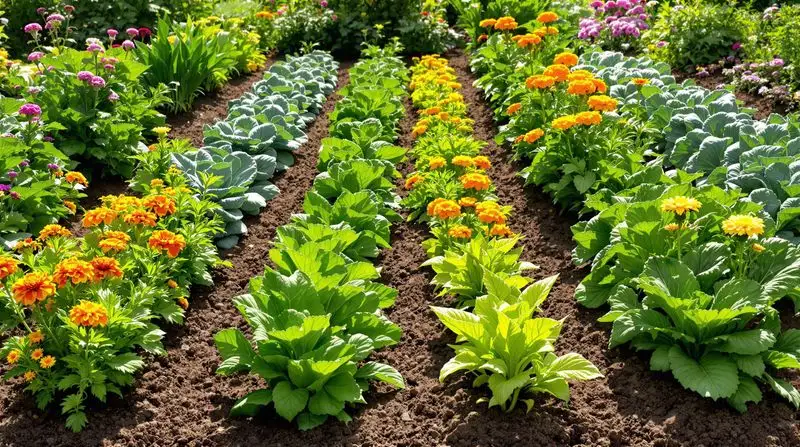
In the world of gardening, certain plant combinations thrive together like old friends. Companion planting takes advantage of these beneficial relationships. Think of basil enhancing the flavor of your tomatoes or marigolds warding off pests. It’s about creating harmony where each plant supports the others, leading to healthier crops and bigger yields. This natural partnership reduces the need for chemical interventions, relying instead on nature’s synergy. The interplay of colors and scents is an added bonus, creating a garden alive with diversity and purpose.
Succession Planting
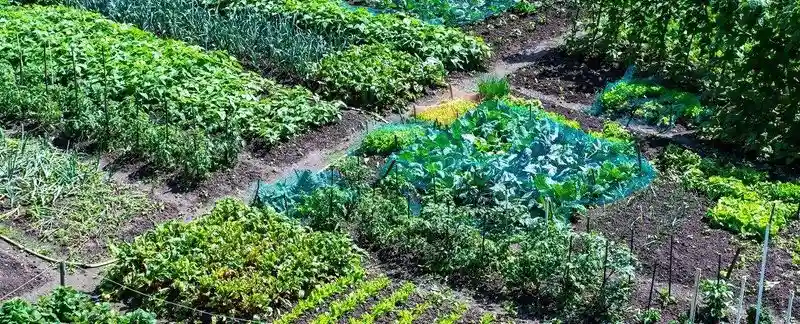
Succession planting is like a well-orchestrated symphony, with crops coming and going in a seamless flow. This technique ensures that as one crop finishes, another takes its place, keeping the garden productive throughout the growing season. It requires planning and timing, but the rewards are plenty. Imagine harvesting radishes early in spring, followed by carrots, then beans. It’s a continuous cycle of growth and harvest, maximizing the use of every inch of soil. This method not only increases yield but also keeps the gardener engaged with the ever-changing landscape.
Square Foot Gardening
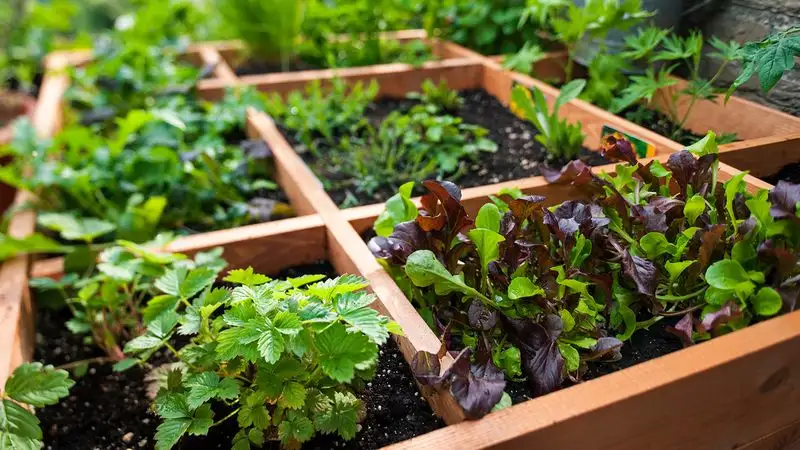
Imagine a garden where every foot is a treasure of variety and abundance. Square foot gardening divides the growing area into manageable sections, allowing for dense planting. Each square foot becomes a mini-garden, tailored for specific plants. This method optimizes space and resources, ideal for small gardens. Visualize leafy greens flourishing beside root vegetables, each thriving in its own little domain. It’s an efficient approach that simplifies planting, reduces weed growth, and boosts harvests. The neat, organized structure makes it accessible and appealing to gardeners of all levels.
Intensive Planting
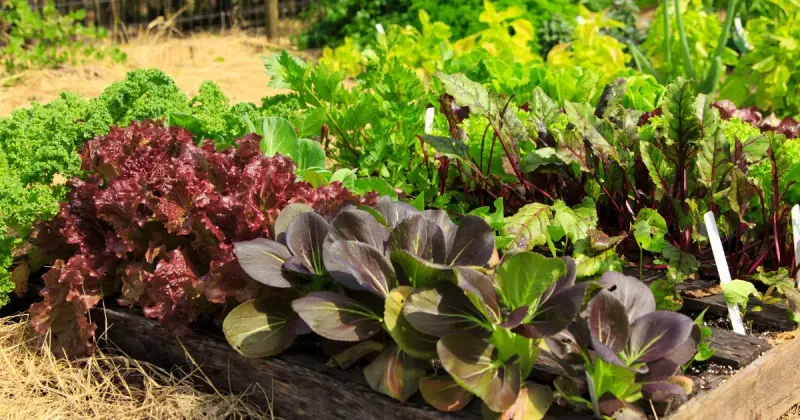
With intensive planting, density becomes your ally. This technique involves planting crops closely together, allowing for more plants in a given area. The result? A garden that thrives on limited space. The close planting means less room for weeds and better moisture retention, creating a microclimate perfect for growth. Imagine a mixed bed of lettuce, kale, and carrots, all sharing the same plot harmoniously. It’s not just about quantity, but quality, as this method fosters healthy, vibrant plants. It’s a strategy that maximizes productivity, turning compact areas into flourishing havens.
Container Gardening
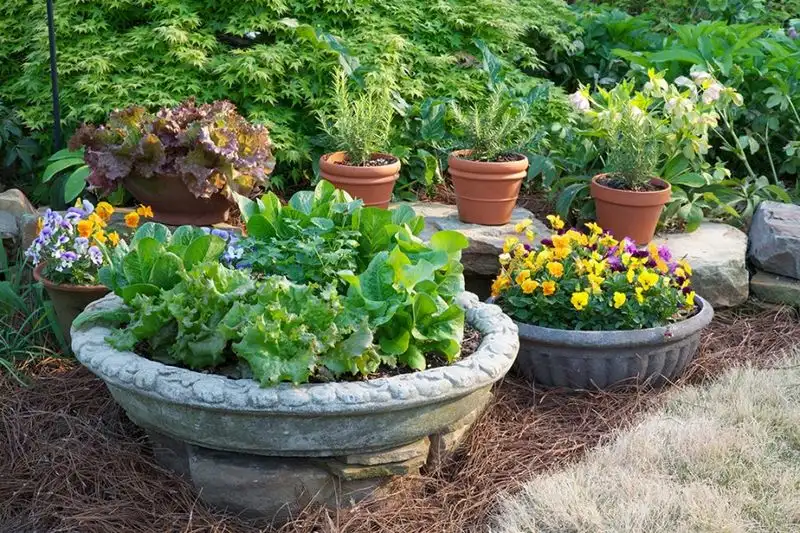
Containers offer a world of possibilities for those limited by space or soil quality. Whether it’s a windowsill herb garden or a patio full of potted vegetables, container gardening adapts to your needs. These portable mini-gardens allow for easy repositioning to catch the sun or avoid the shade. Visualize pots overflowing with mint, cherry tomatoes, or vibrant florals, each adding charm and utility to the space. It’s an approach that brings gardening to those without traditional plots, offering flexibility and control over the growing environment.
Soil Enrichment

Healthy soil is the foundation of a productive garden. Enriching soil with organic matter like compost, manure, or green waste enhances its fertility and structure. This leads to stronger, more resilient plants. Imagine the richness of a dark, crumbly earth teeming with life, ready to nourish your crops. By regularly improving soil quality, you create an environment where plants can thrive. This practice not only boosts yield but also contributes to the long-term health of your garden, making it a sustainable effort that pays off season after season.
Raised Beds

Raised beds offer a neat, efficient solution for maximizing small garden space. These elevated plots improve drainage, reduce soil compaction, and can be filled with the ideal soil mix for your plants. Picture a garden where carrots grow in perfectly aerated soil and herbs flourish above the ground. Raised beds can be tailored to fit any design, making them versatile and user-friendly. They simplify gardening tasks and increase productivity by allowing for closer plant spacing. It’s a smart approach that enhances both the aesthetic and functional aspects of a garden.
Crop Rotation
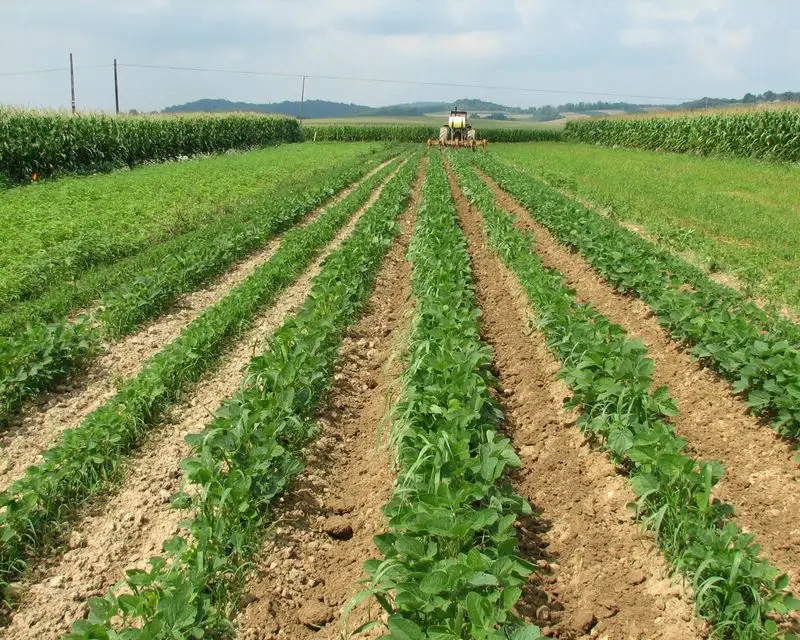
Rotating crops is a time-honored practice that keeps soil healthy and plants productive. By changing the location of crops each season, you prevent the depletion of specific nutrients and disrupt cycles of pests and diseases. Imagine a garden where tomatoes follow beans, replenishing nitrogen levels naturally. This method maintains balance in the soil, leading to stronger, more vigorous plants. It’s an approach that requires planning but results in a robust, sustainable gardening practice. Crop rotation enhances yield by nurturing the soil and creating a dynamic, ever-changing garden landscape.
Mulching
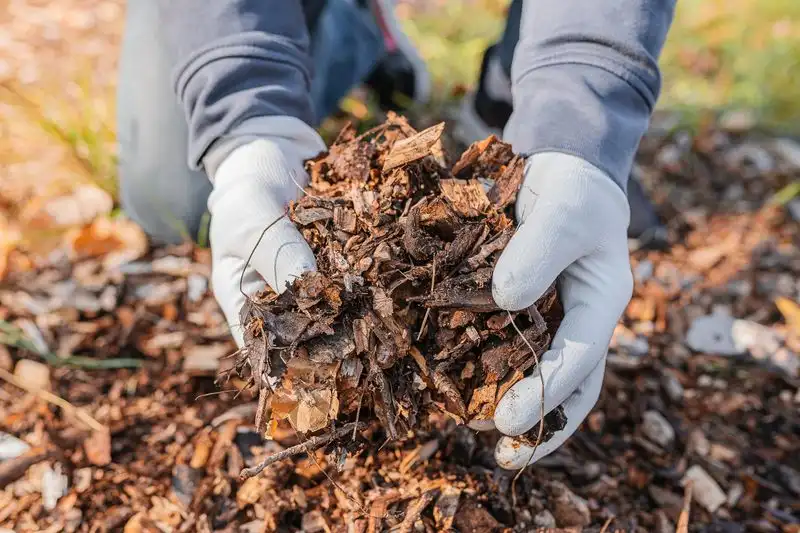
Mulching is the gardener’s secret weapon against weeds and moisture loss. A layer of mulch retains soil moisture, suppresses weeds, and adds organic matter back into the soil. Picture a garden bed where straw or bark chips create a protective blanket, keeping conditions optimal for plant growth. This simple practice improves soil health, conserves water, and minimizes maintenance efforts. By choosing organic materials, you enhance soil fertility over time. Mulching is a straightforward, effective method to boost yields and nurture your garden’s wellbeing.
Intercropping
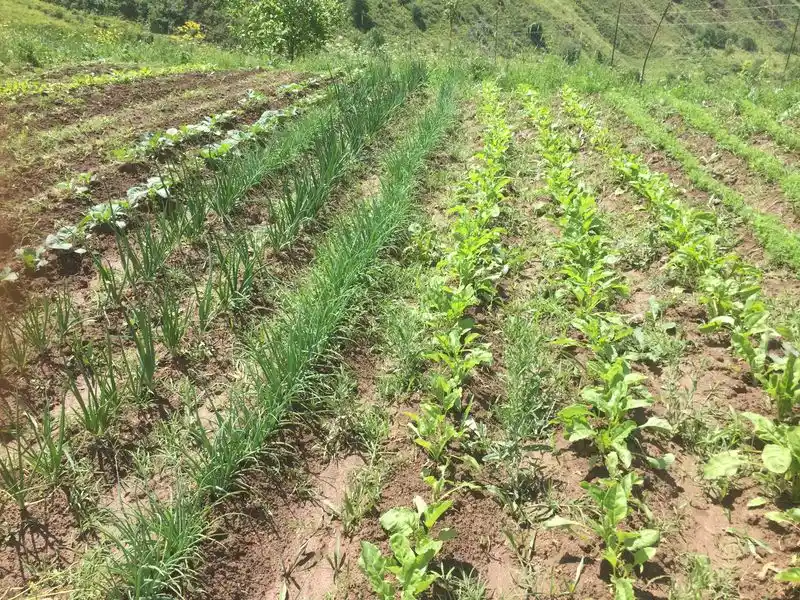
Intercropping is like a dance of diversity, where different crops share the same space for mutual benefit. Tall plants provide shade for sun-sensitive varieties, while ground cover crops protect soil moisture. Imagine corn towering over squash, or beans winding up sunflowers. This method maximizes space and resources, leading to increased productivity. It also fosters a rich ecosystem where plants complement each other, reducing pests and improving soil health. Intercropping invites creativity and experimentation, turning a small garden into a vibrant tapestry of growth.
Season Extension
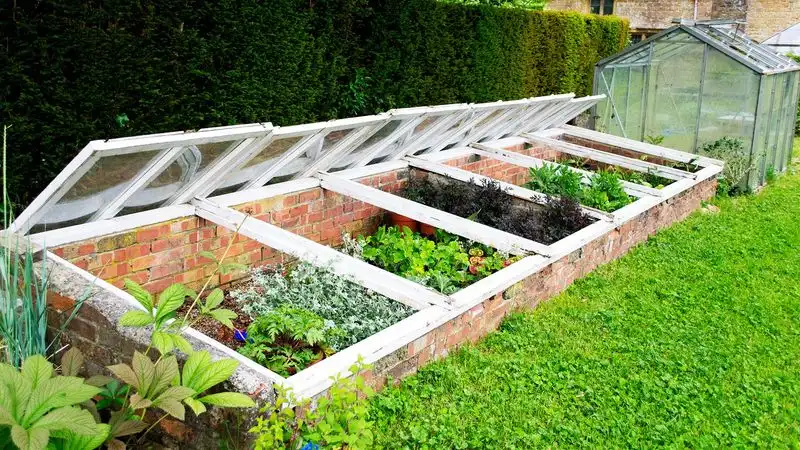
Extending the growing season allows for fresh produce beyond the typical timeframe. Techniques such as cold frames, row covers, and cloches protect plants from cold snaps, enabling earlier planting and later harvesting. Picture leafy greens thriving under frost protection, or tomatoes ripening in a cozy microclimate. This approach ensures a steady supply of homegrown produce, enhancing garden productivity. It’s about harnessing tools to outsmart the climate and enjoy your garden’s bounty longer. Season extension techniques make it possible to savor garden delights well into the off-season months.
Pruning and Thinning

Pruning and thinning are essential practices for directing energy where it matters most. By removing excess growth, you encourage plants to focus on producing quality fruits and vegetables. Visualize a tomato plant, trimmed to enhance sunlight exposure and airflow, resulting in bountiful, flavorful harvests. Thinning seedlings prevents overcrowding, allowing remaining plants to reach their full potential. These techniques involve a bit of precision and care, but the payoff is a garden that produces healthier, more abundant crops. It’s about nurturing each plant to flourish and yield generously.

